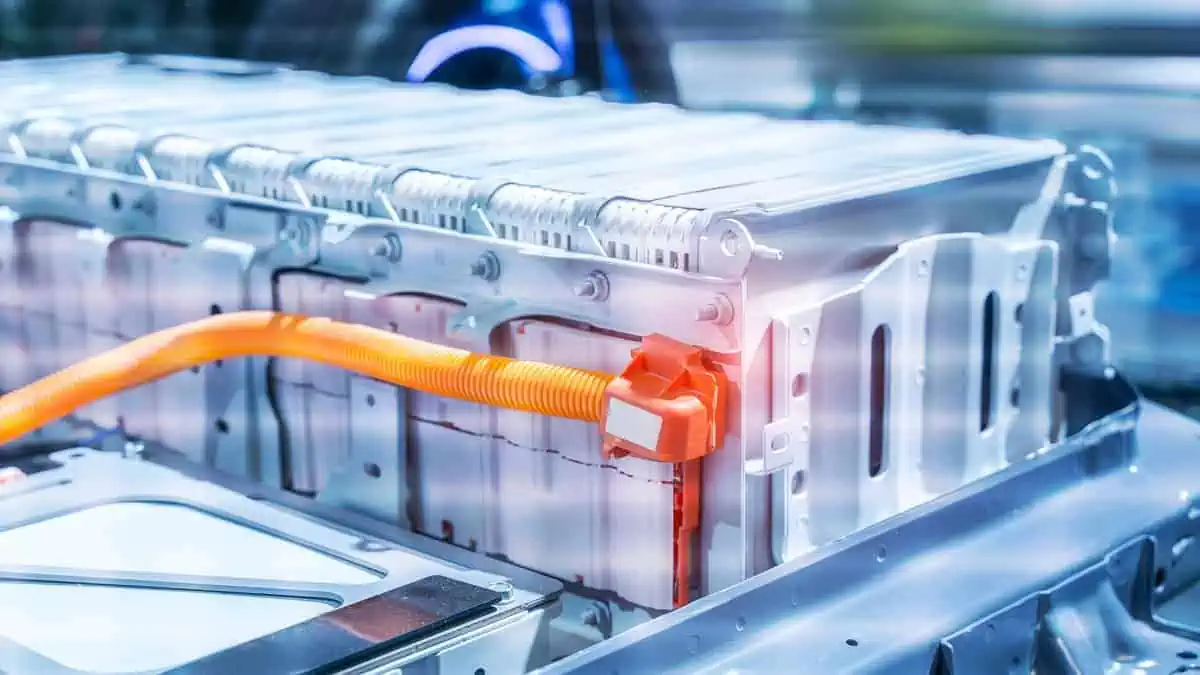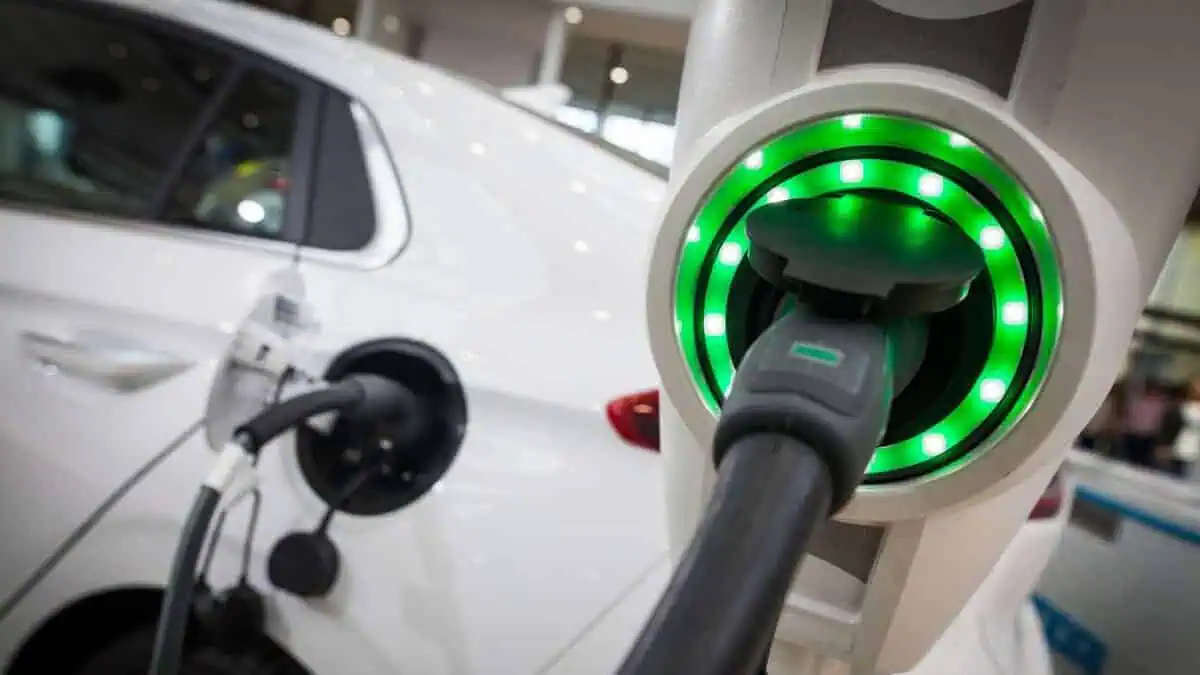China officially launched the operation of its first large-scale sodium-ion battery storage station in Nanning on May 11, Tamarindo reports, citing state-owned utility China Southern Power Grid Energy Storage.
Fulin Sodium-ion Battery Energy Storage Station goes online
The new Fulin Sodium-ion Battery Energy Storage Station formally started operation in Nanning, Guangxi, earlier this month. It has an initial storage capacity of 10 megawatt hours (MWh).
The facility, developed by China Southern Power Grid’s Guangxi branch, is apparently just the first phase of an overall 100-MWh project.
Expected annual energy output
According to the report, the Fulin Sodium-ion Battery Energy Storage Station can yield 73 million kWh of clean power per year upon project completion. This output can sufficiently meet the energy demand of 35,000 residential customers.
In addition, it can reduce carbon dioxide emissions by 50,000 tons. Once fully developed, its total energy capacity will rise from the initial 10 MWh to 100 MWh.
Notably, the cumulative installed capacity of new local energy storage projects had hit 35.3 million kWh by the end of Q1 2024. Of that total, electrochemical storage (li-ion batteries) accounted for over 95%.
Fast charging capability and other key details
The 10 MWh Fulin Sodium-ion Battery Energy Storage Station utilizes 210 Ah sodium-ion battery cells. With 22,000 cells, it boasts a fast-charging capability that enables 90% in just 12 minutes.
China Southern Power Grid’s Guangxi Manager, Gao Like, said in an exclusive interview with China Central Television that the project’s energy conversion efficiency surpasses 92%. This matches the efficiency of common lithium-ion battery storage systems, which is 85% to 95%.
In addition, China Southern Power Grid Senior Engineer Chen Man also asserted that costs will drop by 20% to 30% once the project enters the large-scale development phase.
“This can be achieved through further improvements in the sodium-ion battery structure, manufacturing process, material utilization, and cycle life, thus lowering the energy storage cost per kilowatt-hour of electricity.”
China Southern Power Grid Senior Engineer Chen Man
The Fulin Sodium-ion Battery Energy Storage Station’s launch marks the beginning of the shift to new, lower-cost batteries for large-scale applications in China. Notably, large-scale sodium-ion batteries are becoming popular primarily due to their lower cost and abundant raw materials compared to li-ion batteries.






